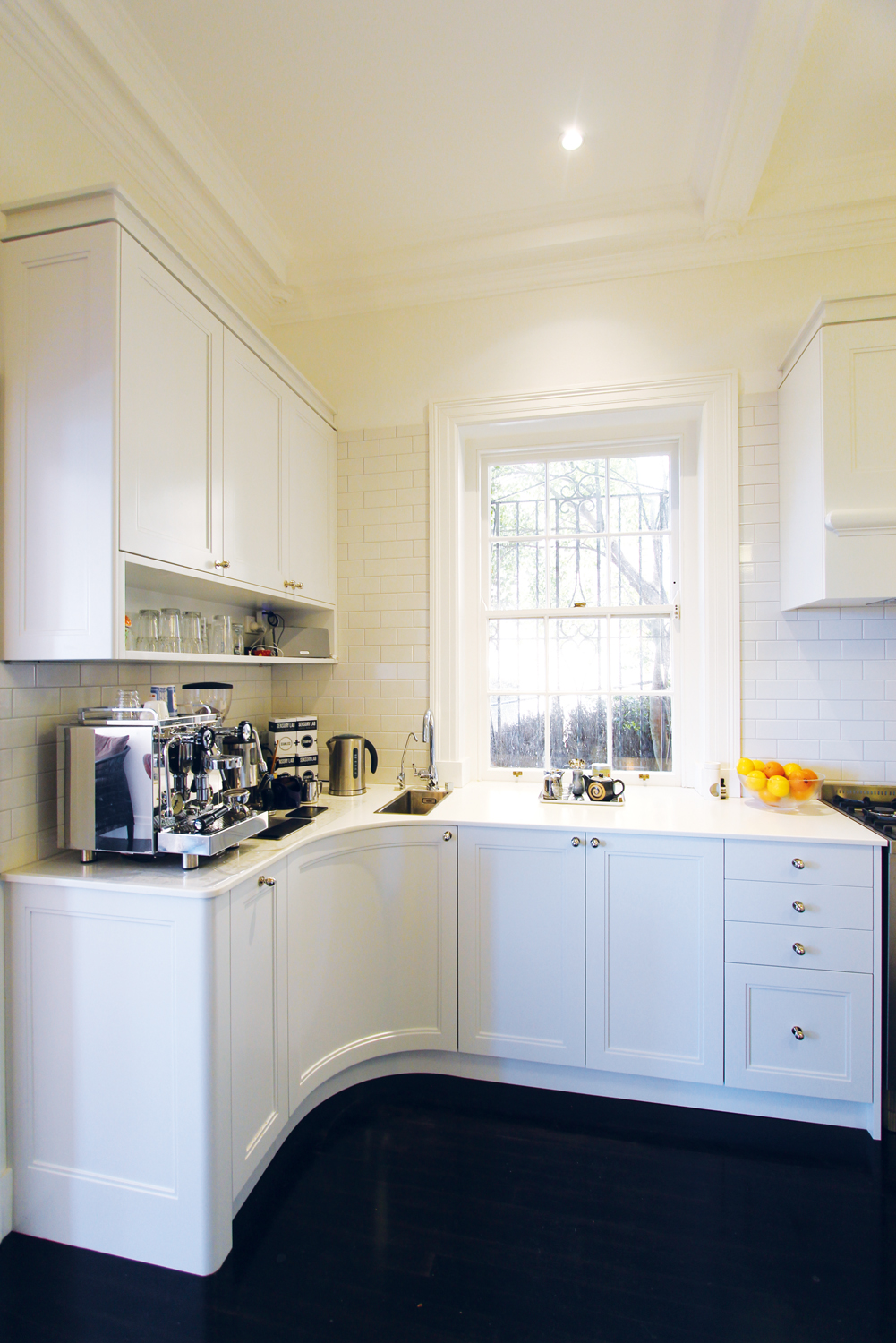When your world is wine-centric winter is the best time of the year. And for a very simple reason: the cooler weather allows a greater range and style of wines to be, um, analysed.
Back in February a strident sauvignon blanc might very well defeat humidity and Thai takeaway, and a few bottles of heavily chilled rosé may well seem too perfect on a hot Christmas Day. Come the colder months and shorter days, though, and the entire world of wine seems to open up before us, revealing the full ensemble cast in a generously forgiving light.
And I’m not just talking about red wines; winter, too, suits so many of our whites to a tee, particularly given the seasonal foodstuffs on offer. It is also a perfect time to drink mature or bottle-aged wines, to use dessert wines with greater alacrity, and to open the odd bottle of Vintage Port at about 3.30pm. Yes, winter and wine make irrefutable sense.
Ambient temperatures — and wine temperature
Having spent the summer plonking ice cubes into our drinks in a desperate effort to cool them down, we have the reverse problem in winter time. Indeed, an elderly and unmarried uncle of mine is always asking anyone in earshot to chambre the red wine. That is, to
bring it up to room temperature. It is not a bad idea, particularly if you store red wine in a cellar or temperature controlled wine cupboard.
Just as summer’s heat can exacerbate wine’s apparent alcohol, winter’s cool can retard fruit flavours and too heavily pronounce the tannins. Of course, if your idea of room temperature is Darwin on
a sunny day, then the wine is not going to be so keen on the result. About 16 degrees C is generally recommended for red wine. Whites straight from your fridge will generally be sitting on 6 degrees C. Closer to 10 degrees C is better, particularly for high-quality whites, which prefer temperatures closer to ambient.
Seasonal foods
Australians consume more oysters at Christmas time than at any other time of the year, which is a shame in a way as winter is when oysters are at their best. They spawn in the summer months, which is what that old rule concerning oysters and months without an “R” in
them is all about. High-quality, coolclimate chardonnay (Tasmanian or Yarra Valley) or bottle-aged riesling (from the Clare or Eden Valleys in South Australia, or the Canberra District) make a perfect match for these edible bivalves, not to mention other winter seafood such as scallops, mussels and lobster. All the winter vegetables — such things as Brussels sprouts, cauliflower, kale, celeriac, pumpkin and the like — also suggest soup-making and its accompanying fuller-bodied whites, such as pinot gris, viognier, and marsanne.
When such vegetables are roasted and joints of meat or birds like duck or goose are involved then peppery Victorian shiraz or good New Zealand pinot noir beckon. Such fare and fine wine suggest
the following, of course… More formal dining and bottle-aged wine
If you have half an interest in wine then there’s a strong chance you’ll be halfaddicted to notions of cellared wine, particularly cellared red wine. Opening such a bottle can be an emotionally
fraught affair, particularly for grown men. “Oh no, am I opening it too soon… will it be ready… do I deserve it… do the guests deserve it…” — that sort of thing. Aged red wine loves a formal dining occasion and if you’ve had a first course and some white wine or sparkler then there’s a good chance the aged red will taste even better come the main course. The old rule about simple yet elegant
food for quality, bottle-aged reds is very true. Simple roasted or stewed foodstuffs are best. You want a main course that is background music to the wine’s potential revelations. Of course, if you want to start an aged wine collection, look to classic regions and their best grapes: cabernet and Margaret River, ditto Coonawarra, Central Victoria, and the Clare Valley. Shiraz and Canberra, the Hunter Valley, or Great Western.
Alternative varieties
As quickly as one becomes expert at wine lore the wine laws invariably start to expand. Alternative grape varieties are now more de rigueur than re-usable take-away coffee cups, or Keep Cups, as
I believe they are called. I’m not entirely sure. I drink coffee at home, not out. But alternative grape varieties? Some of the resultant wines are worthy of our attention and some of the responsible vines seem well-suited to Australia’s odd climate and cycle of drought/flood.
Fiano is a southern Italian white that carries good natural acidity, even in warm wine-growing regions. Blaufrankisch is an Austrian red that makes a gentle yet not unprincipled wine akin to pinot crossed with merlot. Touriga nacional is the red grape behind Portugal’s ports, but it makes a wonderfully fleshy, tannic and robust red table wine. All of these grape varieties are being made in Australia now.
The best “new” red grape, however, is tempranillo. Tempranillo is hardly an alternative variety, as it is so popular in imported Spanish reds, but it is being grown and made in Australia in much greater numbers and it is certainly the red wine of the minute. Tempranillo
offers something of cabernet’s drying tannins, of shiraz’s earthy spiciness, and the alluring perfumed aroma of good pinot noir. Taste is, apparently, ninetenths smell… Happy sniffing.





